An educator and nature photographer based in Portland, Oregon, Michael Bollino has spent much of his adult life exploring the natural world through adventure and travel.
Over the past decade, a growing interest in photography has quietly become the main driving force for these explorations. When he’s not immersing himself in nature he enjoys epic weiner-roasts with his family, strong coffee, and hoppy beer.
You can find more of his work on 500px, his website, blog, Facebook, and Google+.
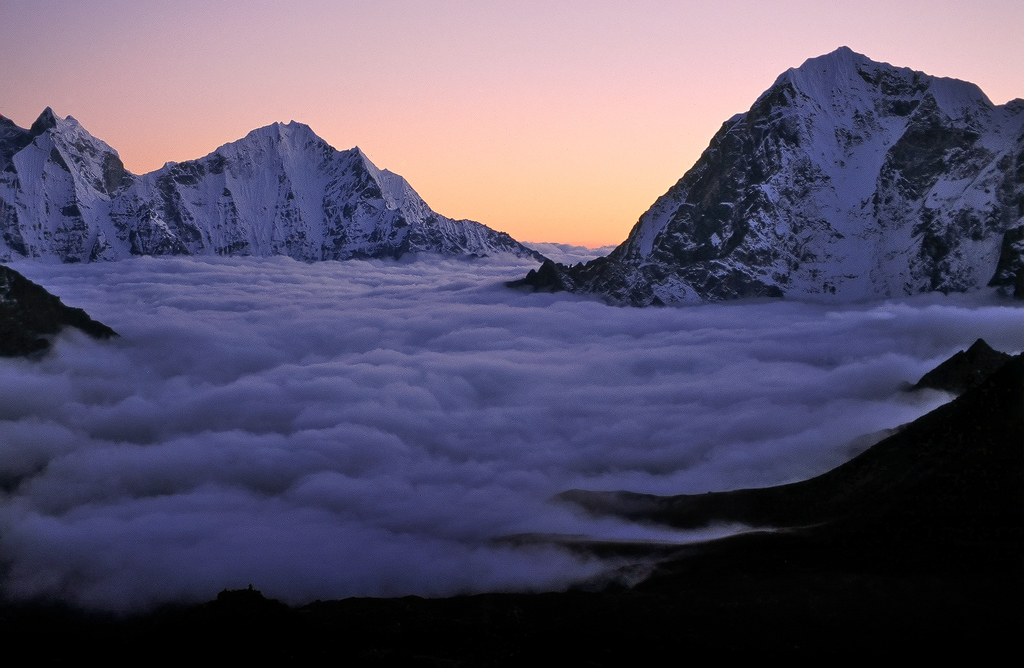
When I was first approached to write a few articles for 500pxISO the first request was for a behind-the-scenes account of Khumbu Night Fog. The editor thought the story of how this shot of the Nepal Himalaya was created would be an interesting read.
Sounded great, BUT the image is actually derived from a slide scan. How could a processed slide scan in any way be relevant in today’s digital age? I was assured it would be both relevant as well as interesting.
With so much that has changed in the photography world with the advent of digital technologies I thought I’d discuss both the in the field and post-processing account of creating the image, as well as my thoughts on the difference between shooting film vs. digital.
The Image
Nepal’s Khumbu region is known world wide as the home of Mount Everest, known as Chomolungma to the Sherpa people who populate the Khumbu’s high altitude valleys and pastures. Each spring and fall thousands of trekkers spend two or more weeks trekking toward the upper reaches of the Khumbu valley, acclimatizing slowly to increasingly higher altitudes. Most aim for Everest’s base camp or the famous viewpoint of Kala Pattar. In 2003 my wife and I joined this seasonal pilgrimage.
At the time I shot, like a majority of photographers, solely film and slides. I did bring along my first digital point and shoot, a 3.2 megapixel Canon A6000, but the low resolution made it more appropriate for on-the-go, everyday documentation of the trek rather than creating images I wanted to last a lifetime. For those images, including Khumbu Fog, I used a Nikon N80 loaded with Fuji slide film.
As this was my second trip through the Khumbu I had mental tick list of images I wanted to capture. Near the top of the list was capturing brilliant, late afternoon sunlight striking the summits of Everest and its neighbors, Nuptse and Lhotse.
Kala Pattar is a “small” 18,541 ft hill rising 1500 feet above Gorak Shep, a dusty collection of teahouses positioned at the far end of the Khumbu valley. Go any farther and you’ll begin climbing your way into Tibet. From its rocky, prayer flag strewn summit, Kala Pattar offers commanding views of one of the planet’s classic mountain vistas — the Everest group rising above the great sweep of the Khumbu glacier.
My wife and I decided to hike up for sunset as I knew the setting sun would illuminate the summit regions of several of the Himalaya’s most famous peaks: Everest, Nuptse, and Ama Dablam. Conditions were near perfect and was pleased to come away with the shots I’d been after. We stuck around long enough to watch the moon rise over Everest’s shoulder. Before packing the gear up I took one last long look down the Khumbu valley. The daily buildup of fog filled the valley bottom below. This ‘above the clouds perspective’ combined with soft post-sunset light were too much to pass over.
When I shot film I metered scenes much more thoroughly than I do currently. This usually entailed following one of Galen Rowell’s old maxims of “expose for your most important highlight”. For the scene before me this meant using both center-weighted and spot metering to determine the relative brightness values of the mountains/ fog and sky to determine a correct exposure value. I didn’t mind if the rocky moraine in the lower portion of the frame was silhouetted as long as all of my highlights in the mountain and sky were in check.
I released the shutter, packed my gear up, then started the long descent back through the amazing, Himalayan twilight. Feeling alive in the cold air.
Post-Processing
Yes, post processing. Post processing of film and slide scans was beginning to gain some traction among photographers even before affordable digital camera bodies flooded the market. Galen Rowell, before his untimely 2002 death in a plane crash, had written several articles related to the potential benefits and pitfalls of the looming digital revolution.
In his words “Digital is the major difference between the clean reproductions in magazines of the nineties and the murky ones of the not-so-distant past.” (Digital Decisions, Galen Rowell, Outdoor Photographer, April 1998). Galen even experimented with blending more than one exposure to bring back detail in an overexposed moon, although he ruminated over public perception and whether ethical lines would be breached.
Although he appreciated how Photoshop could help produce a final result more closely aligned with what his eye saw, he eventually concluded the general public, ironically, would find it too unrealistic and perhaps would no longer consider it a photograph.
If it had taken another five years for consumer priced DSLRs to become readily available it’s probable that digitizing then using Photoshop tools to post-process film and slides would have become a more regular part of many photographer’s workflow. Cleaning up dust spots, adjusting white balance, contrast work, sharpening, dodging/ burning, etc. are all helpful tools to employ when working on slide scans.
Employing Photoshop to enhance scanned transparencies merely brought darkroom tools into the digital age and allowed them to be applied quickly and efficiently to color images. Today’s modern Photoshop techniques have advanced well beyond that point however, the result of which is the continued debate over where the line exists between a photograph and digital art. This debate is nauseating in its omnipresence and entrenched vitriol, but nonetheless remains an important point of discussion for the photography world to openly hash out.
After having the original slide of Khumbu Fog scanned at a local photo lab I imported it into Photoshop where I ran it through a series of very common adjustments. First goal was to clean up any dust, scratches, or other unwanted artifacts using the healing and clone tools — a very tedious task. The color of the scan was cooler than the slide so next I adjusted the color balance to bring back more of the warm tones which originally caught my eye while in the field, especially in the sky area. I then used localized selections and luminosity masks to further bring out the color, increase exposure on the mountain faces, and bring exposure differentials a bit closer. Finally, I de-speckeled the sky portion of the image, sharpened the edges, and called it finished.
That’s it. The resulting digital image more closely resembles my visual memory of the experience than the slide was able to render.
[twentytwenty]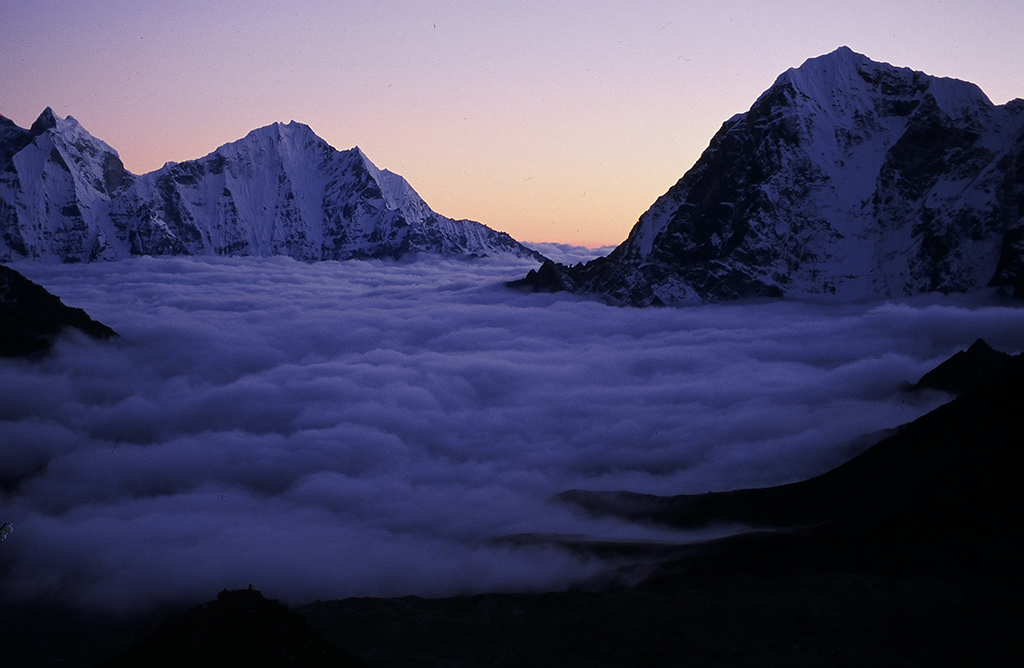
 [/twentytwenty]
[/twentytwenty]
Lessons from the analog age
Every once in awhile I’m asked if there are any habits or relics of knowledge I still use which are left over from my days of shooting film. The simple answer is no. Digital is an entirely different beast.
I no longer spend time center or spot metering a scene to determine proper exposure. Now, a quick check of the histogram provides immediate feedback to determine if further adjustments are warranted. This eliminates the need to bracket blindly to counteract exposure guesswork. I no longer spend long minutes trying to decide if pushing the shutter release would be a good use of money. Now, there are no monetary considerations. This provides the freedom explore ideas and not play as safe as I once did.
Digital allows me to push creativity. If a particular composition doesn’t work, no huge loss. I feel free to push harder, allowing me to shoot compositions which may have only a long shot at working, but if they do, might just be magical. Free of technical and financial considerations, I find myself more fully engrossed in the creative process, reacting intuitively to the environment around me. This deep engagement with the natural world is probably the most rewarding part of being a photographer.
In short, advancements in digital technology and techniques have essentially buried much of my approach and thinking from film-days. The lone holdover is the continued appreciation of a more deliberate, contemplative approach over arriving on a location then spraying and praying.
Shooting without first sensing and seeing what it is I want to shoot almost never produces results which satisfy. I still find myself going through a subconscious vetting process when determining whether to pull the camera out or not. This often means initially walking around the location without a camera in hand, absorbing any bits of visual information which might be useful to incorporate when putting an image together. If I do have my camera out I usually notice myself focusing more on what the camera is showing rather than sensing what the scene can be about.
After I gain that sense it’s only then that I become curious as to how the camera sees. There’s a lot to this process and this post isn’t the best forum to go deeper, so I’ll leave it at that.
I’m far from the only landscape photographer to experience the transition from analog to digital. What about you? What has changed or stayed the same for you? Are there any tips or carry-overs from your film days which would be beneficial to share with photographers who have only shot digital? Feel free to share your thoughts on the subject.
Editor’s Note: We actually discovered this photograph and got in touch with Michael to find out the story behind it because of the movie “The Secret Life of Walter Mitty.” The photo was actually used as a reference photograph for the movie and can be found in the DVD extras!
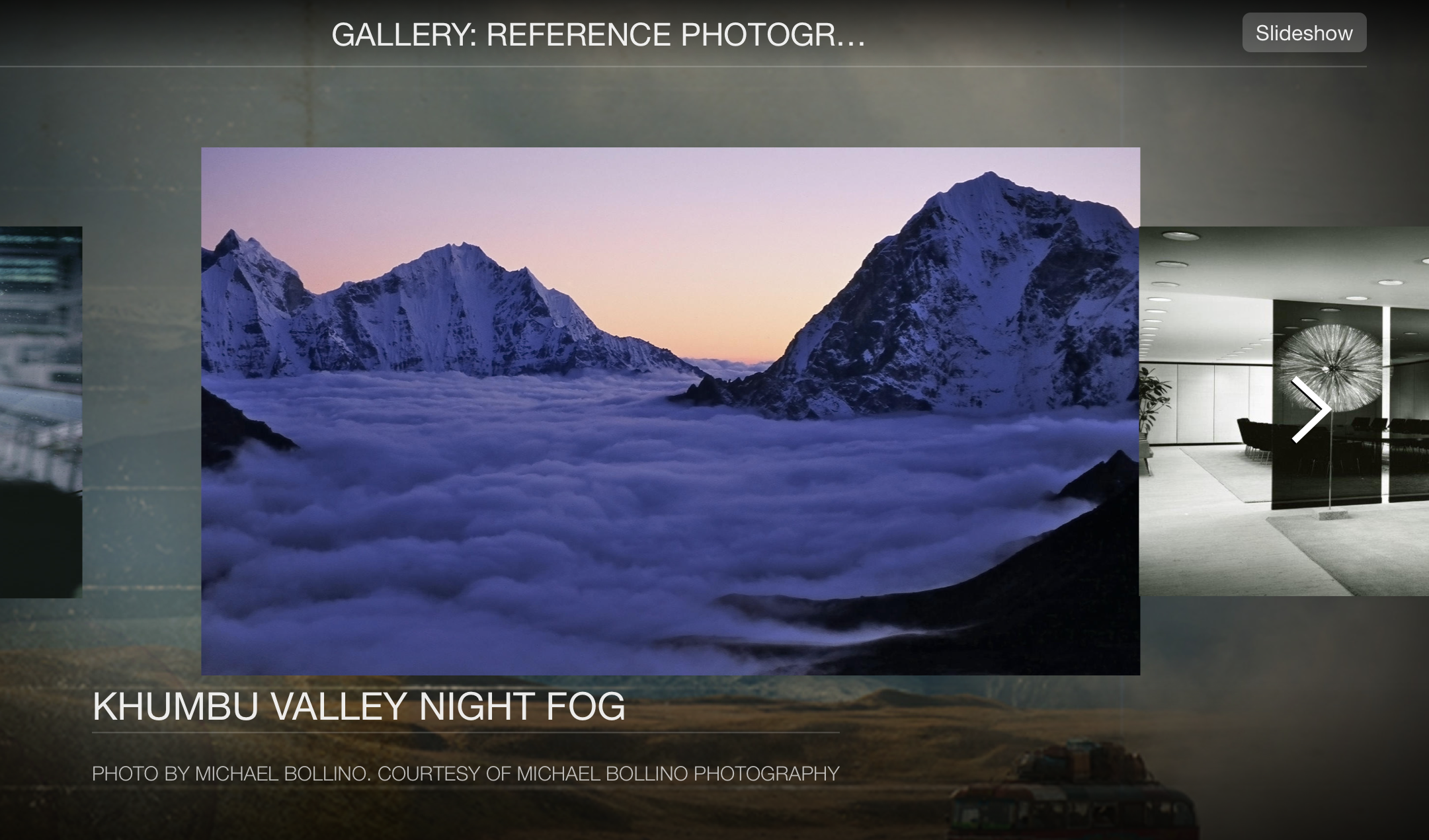

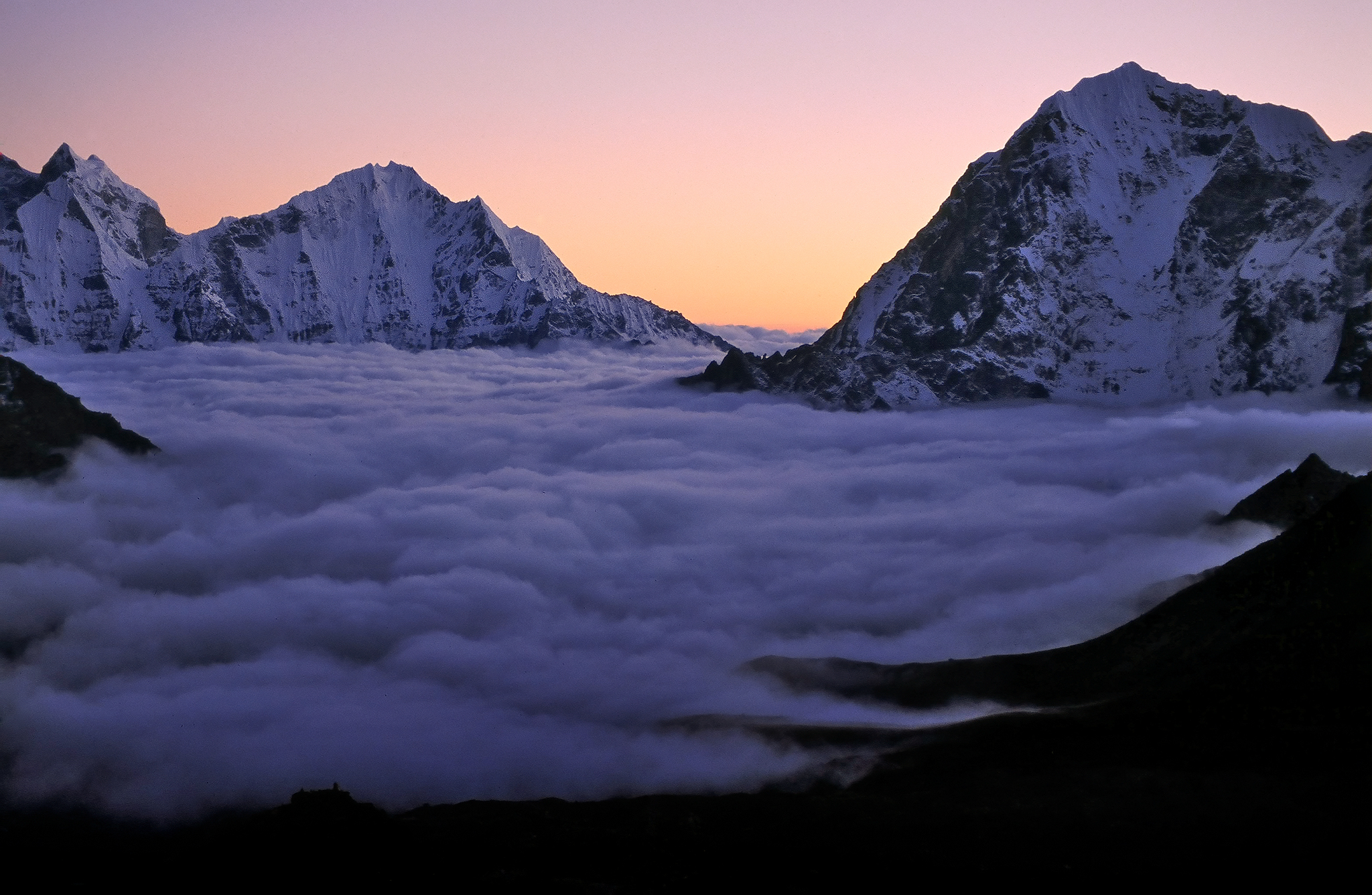
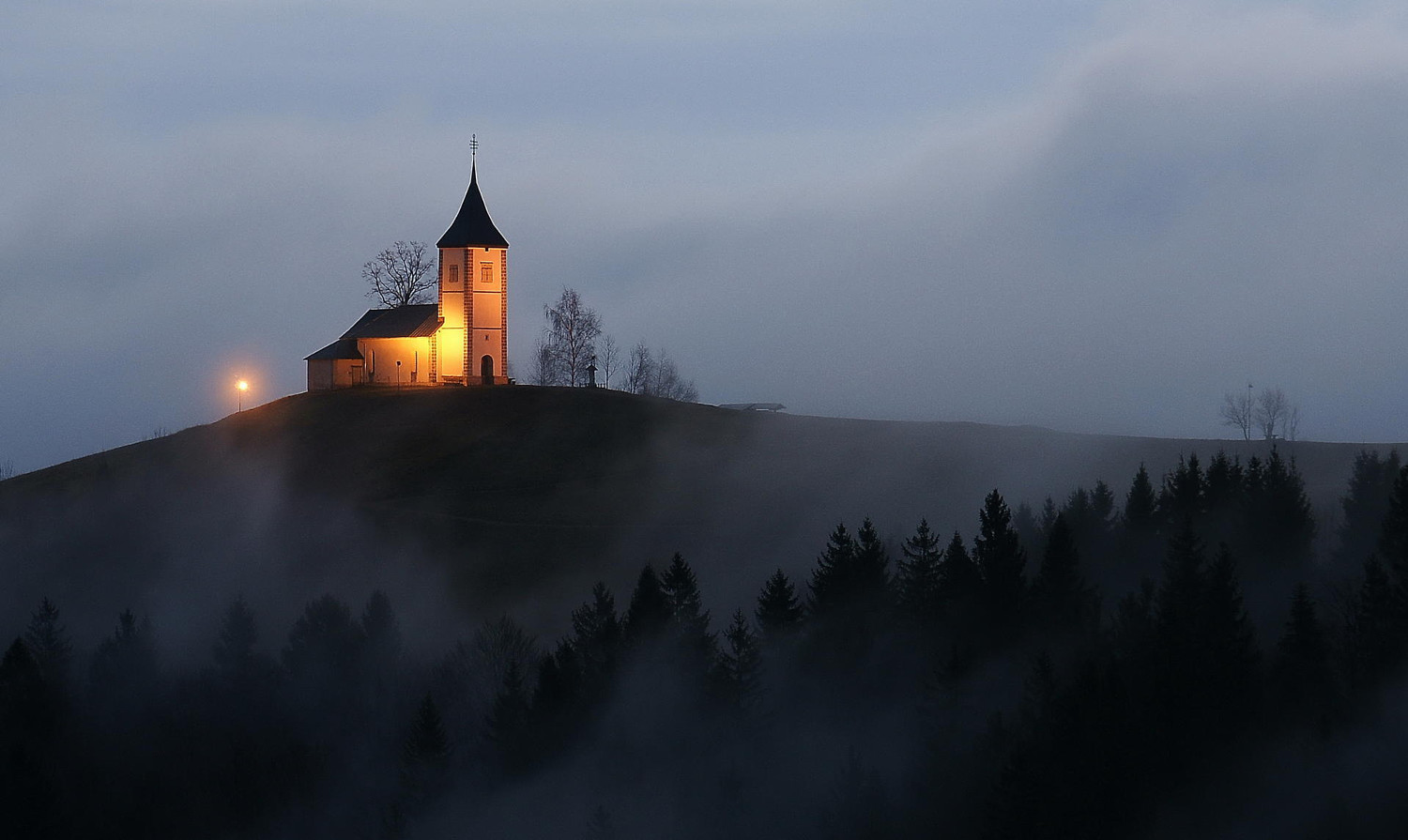
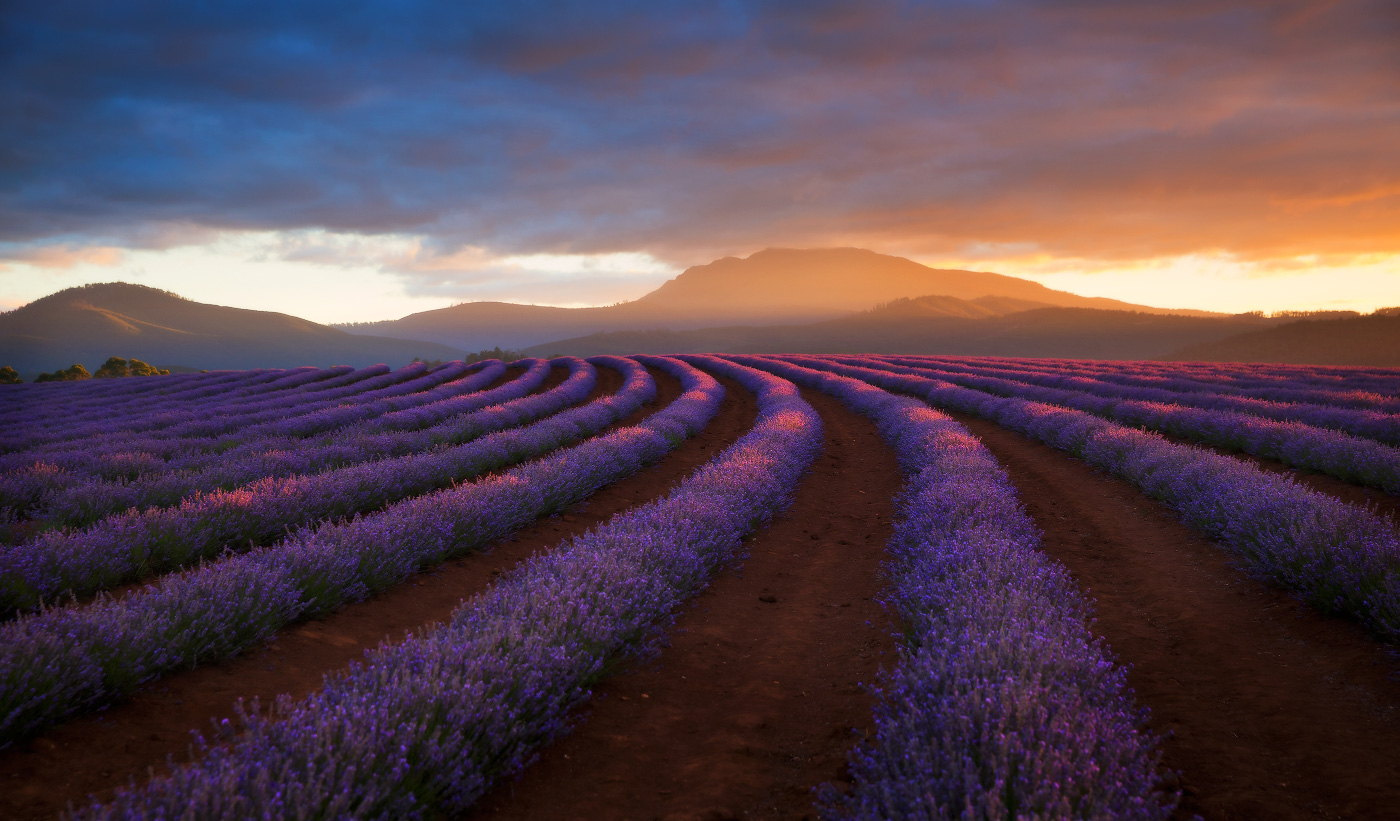
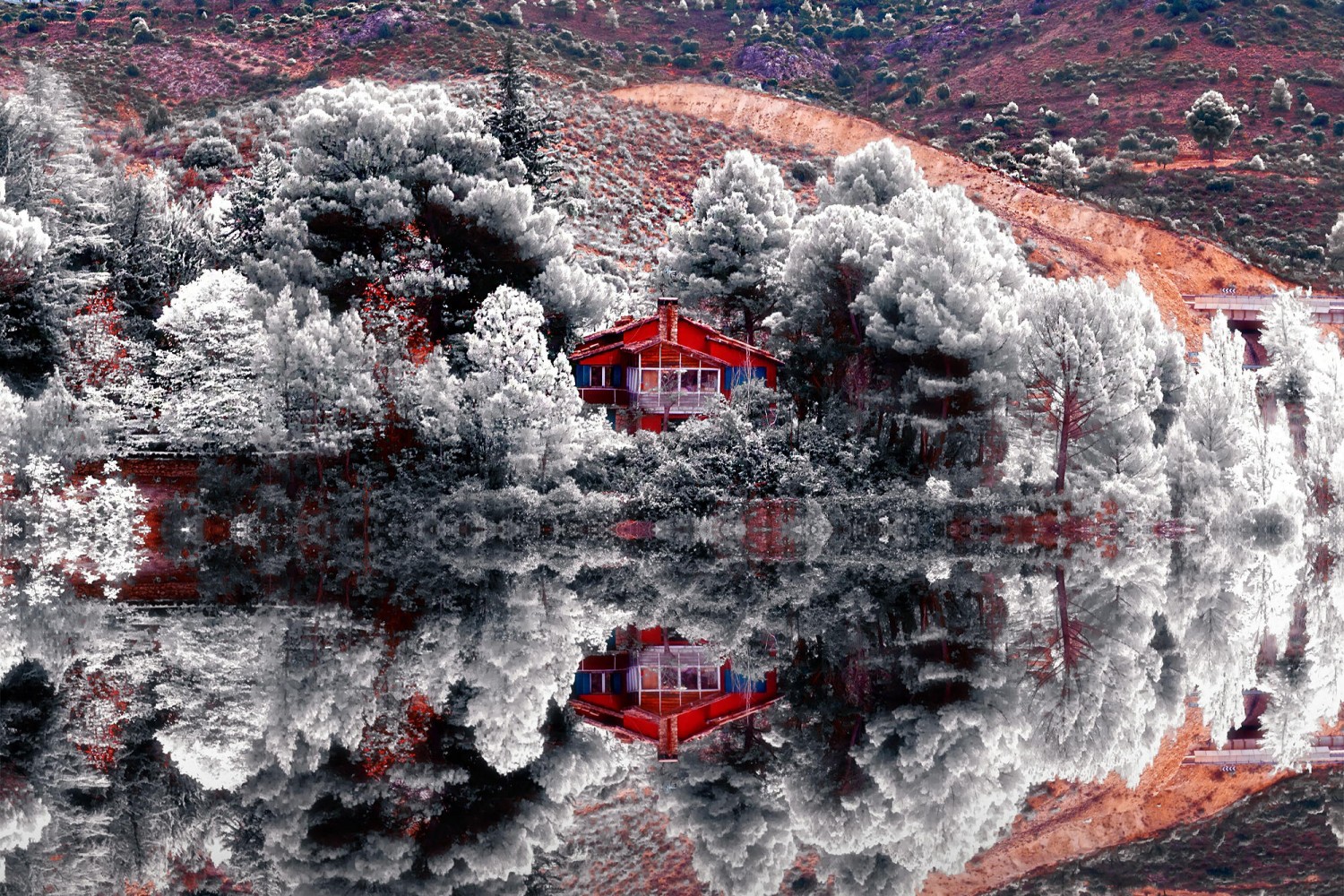
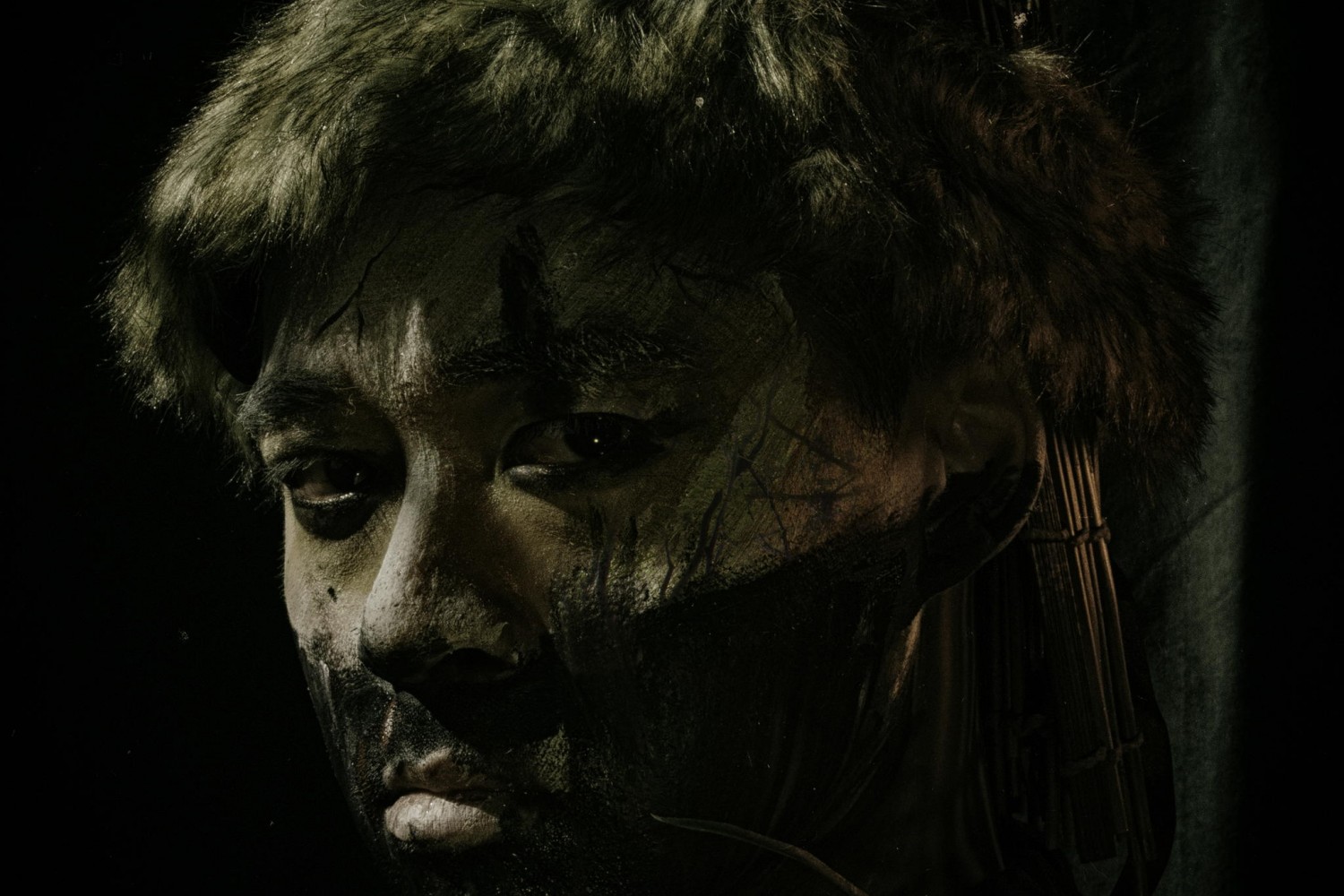

Leave a reply